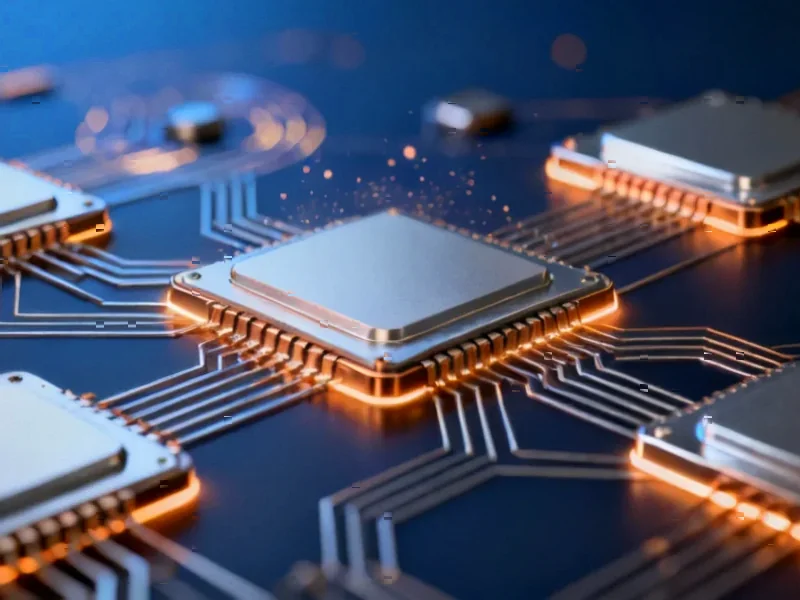According to Phys.org, researchers from Sylvester Comprehensive Cancer Center, University of Miami College of Engineering, Moffitt Cancer Center and Cellular Nanomed, Inc. have demonstrated that magnetoelectric nanoparticles can wirelessly locate and destroy pancreatic tumors in preclinical models. In their study published November 3, 2025 in Advanced Science, a single intravenous dose of these nanoparticles activated by an MRI machine’s magnetic field shrank tumors to one-third their original size and completely eliminated them in one-third of treated models. The treatment more than doubled survival time without damaging healthy organs, using no drugs, heat, or invasive procedures. The approach works by generating tiny electric fields that disrupt cancer cell membranes while leaving healthy tissue unharmed, representing a potential breakthrough for pancreatic ductal adenocarcinoma which has a five-year survival rate below 10%.
Why This Could Be a Game Changer
Here’s the thing about pancreatic cancer – it’s been basically untreatable for decades. The survival numbers are brutal, and existing treatments like chemotherapy and surgery often cause as much harm as good. But this magnetoelectric approach is fundamentally different. It’s not poisoning cells or burning tissue – it’s using physics to selectively target cancer based on molecular properties.
What really stands out is the wireless aspect. Current electric field therapies like tumor treating fields require patients to wear electrode arrays on their heads for 18+ hours daily. Irreversible electroporation needs surgical electrode placement. This? You get an injection and sit in an MRI machine. That’s it. The convenience factor alone could be massive for patient quality of life.
Who Wins and Loses Here
If this technology translates to humans – and that’s still a big if – it could disrupt several established cancer treatment markets. Traditional chemotherapy manufacturers might see demand shift toward these physical approaches. Medical device companies specializing in tumor ablation technologies would need to adapt quickly.
The real winners could be patients and healthcare systems. Think about the cost savings if you’re replacing months of toxic chemotherapy with a few targeted sessions. No more expensive cancer drugs with brutal side effects. No lengthy hospital stays for surgery. But here’s the catch – MRI machines aren’t exactly cheap or widely available in every community. Scaling this would require significant infrastructure investment.
The Long Road to Human Trials
Now, let’s be realistic. This is preclinical research, which means we’re years away from human trials and even further from clinical use. The team first proposed this concept back in 2011, and it’s taken over a decade to reach this point. That timeline tells you something about how complex wireless nanomedicine really is.
Still, the published results in Advanced Science are compelling enough to warrant serious attention. When researchers talk about “connecting to the human body wirelessly to help it heal in real time,” you can see why they’re excited. This isn’t just incremental improvement – it’s a completely new way of thinking about cancer treatment.
The big question remains: will it work in humans as well as it does in animal models? Pancreatic cancer has crushed many promising approaches before. But for a disease that desperately needs breakthroughs, this represents one of the more innovative paths forward we’ve seen in years.




